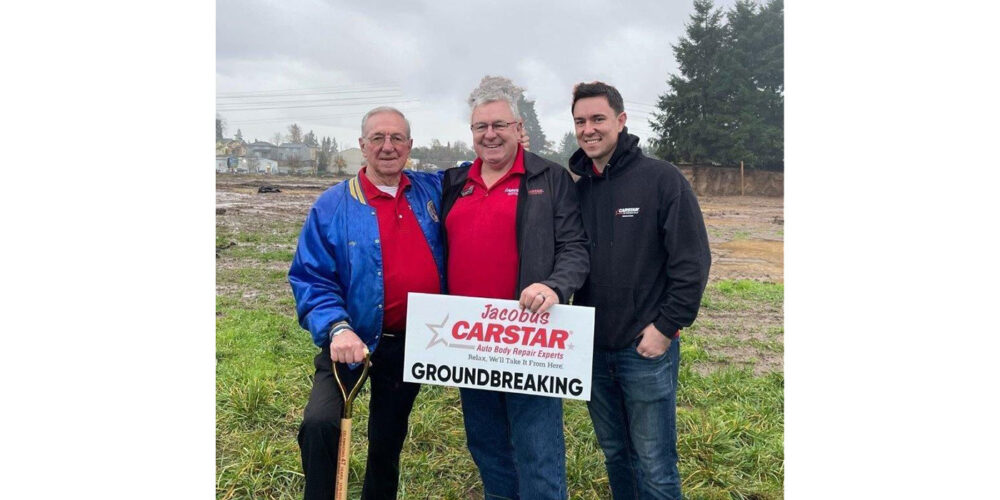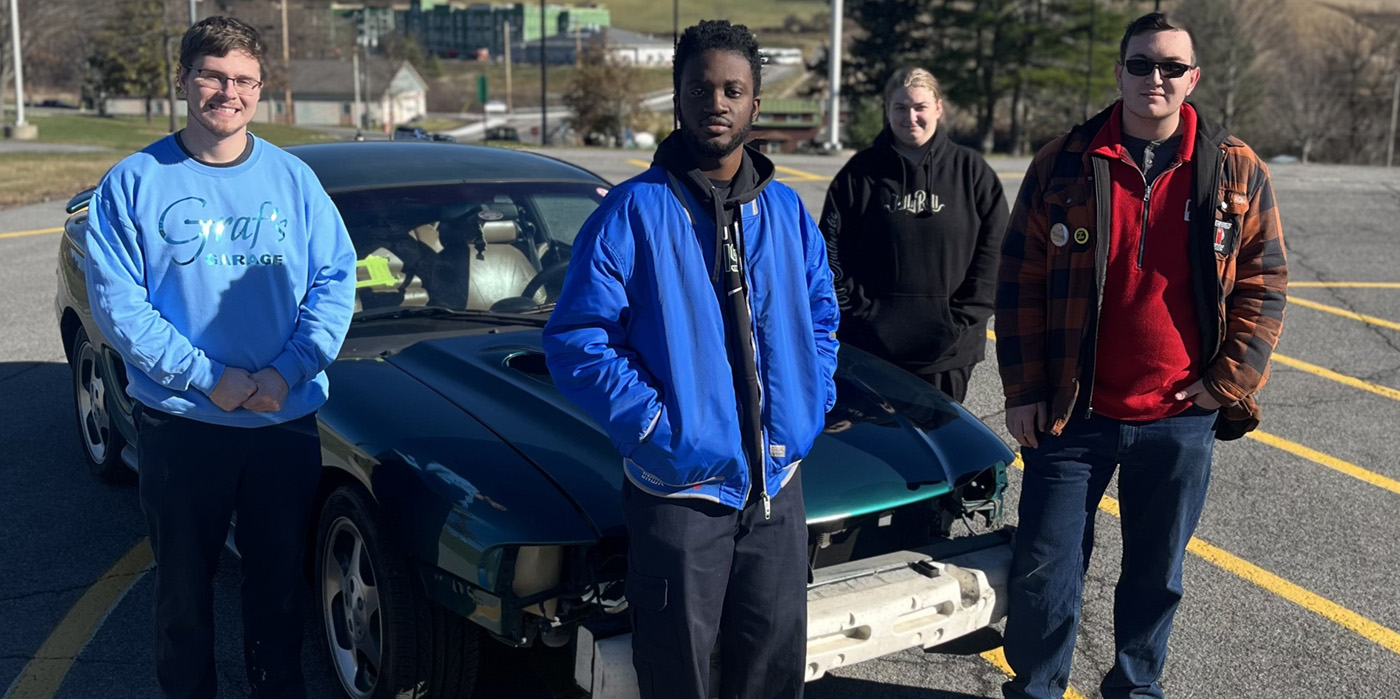Insurance companies are always looking for ways to squeeze another dollar from body shop owners. One sneaky way they do this is through the use of used parts. We lose every time we agree to a used part and only a 25 percent markup. By mandating used parts, insurers save money two ways: lower part prices and lower profit for shops.
For example, let’s say a shop is working on a 2006 Ford Escape that needs a front bumper cover replaced. Assume that the shop can’t find a used one, and the insurer has agreed to pay for a new OEM cover. Now the fun begins. The insurer will pay full list price with no questions asked. The list price is $382.47, actual cost to shop is $267.73 (markup of 42 percent). Most OEM parts give us a markup of at least 33 percent. These markups are figured into all the estimating systems to give us a fair profit margin. Why should we lower our profit margin? This cover purchase nets you a profit of $114.74. Now let’s look at how you would fare if you purchased a used cover. The cost of the used cover is $225. When marked up 25 percent, you get a profit of $56.25. That’s a $58.49 loss of profit. But that’s not the end of your losses. Now you have to clean up the part and feather, prime and block all the chips and scratches. There may even be a small area that needs to be repaired. These costs add up to another $144 out of your pocket. In summary, the cost of the used cover, with loss of markup profit and cost of feather, prime and block, is $427.49. That’s what a used cover will cost you, and the insurer only paid you $281.25. You just lost $202.49. Painful, isn’t it? I challenge you to go through some old OEM invoices and look at the markup you’ve been getting. Why should we take a loss if we’re forced to use used parts? If we would have made $114.74 on the new part, then we should have been able to make the same on the used part, plus be compensated for any repairs that need to be made to it. Are we going to let insurers dictate our profits?
Asked by Mike Watson, Jim’s Body Shop LLC, LaPlace, La.
Your comments on the use of used parts are accurate and point to a couple of issues that are often overlooked. The first issue is the difference between markup and discount. The other is getting paid for what you need to do to used parts in the repair of a collision-damaged vehicle.
Pricing on OEM parts is generally based on a discount from OEM list. In your example, the part lists for $382.47 and your price is $267.73. You’re receiving a 30 percent discount on the part, and you make a profit of $114.74.
Used parts are generally sold at cost plus markup. Using your markup of 25 percent on a $225 cost yields a selling price of $281.25 ($225 x 1.25 = $281.25). You make $56.25 on the used part, resulting in a loss of parts gross profit dollars of $58.49 on the bumper cover alone. Obviously, that difference is less if the OEM discount is less or if the shop discounts new parts prices to participate in a DRP.
Your gross profit percentage (GP%) on the OEM part is 30 percent. The GP% on the used part can be calculated by (sale-cost) / sale x 100. In this case, gross profit is 20 percent. As a general rule, If you want a 25 percent gross profit, you must mark up the cost by 33 percent.
I can see why you feel the insurance company is eating your profit. Personally, I feel that we are letting them eat our profit!
Armed with the above math, couldn’t we try to negotiate with the adjuster for some of the lost profit? We could go through the math with the adjuster, agree to the used part but arrive at a markup percentage that would at least equal our OEM discount. Or we could negotiate a better price on the part to save your profit margins. Yes, shops are doing both and it can work!
There are lots of non-included items that need to be performed when using used parts. Improve your negotiation skills to get paid for as many of those items and operations as possible. List each and every non-included but required operation on your estimate and negotiate for those items, line by line.
You can find supporting documentation in the P-pages. Visit the Database Enhancement Gateway (www.degweb.org) and review or submit inquiries on used part non-included items and operations. The Automotive Service Association (ASA) has compiled charts of non-included operations on used parts as well that can be found on their website. Or you can also visit www.collisionadvice.com.













